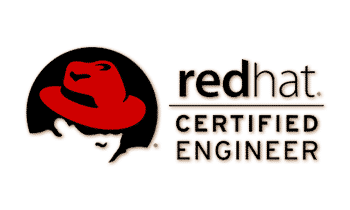Red Hat System Administration I | RH124
Get started with Red Hat Enterprise Linux
- Describe and define open source, Linux distributions, and Red Hat Enterprise Linux.
Access the command line
- Log into a Linux system and run simple commands using the shell.
Manage files from the command line
- Copy, move, create, delete, and organize files while working from the bash shell.
Get help in Red Hat Enterprise Linux
- Resolve problems by using local help systems.
Create, view, and edit text files
- Manage text files from command output or in a text editor.
Manage local users and groups
- Create, manage, and delete local users and groups, as well as administer local password policies.
Control access to files
- Set Linux file system permissions on files and interpret the security effects of different permission settings.
Monitor and manage Linux Processes
- Evaluate and control processes running on a Red Hat Enterprise Linux system.
Control services and daemons
- Control and monitor network services and system daemons using systemd.
Configure and secure SSH
- Configure secure command line service on remote systems, using OpenSSH.
Analyze and store logs
- Locate and accurately interpret logs of system events for troubleshooting purposes.
Manage networking
- Configure network interfaces and settings on Red Hat Enterprise Linux servers.
Archive and transfer files
- Archive and copy files from one system to another.
Install and update software packages
- Download, install, update, and manage software packages from Red Hat and DNF package repositories
Access Linux files systems
- Access, inspect, and use existing file systems on storage attached to a Linux server.
Analyze servers and get support
- Investigate and resolve issues in the web-based management interface, getting support from Red Hat to help solve problems.
Comprehensive review
- Review the content covered in this course by completing hands-on exercises.



























